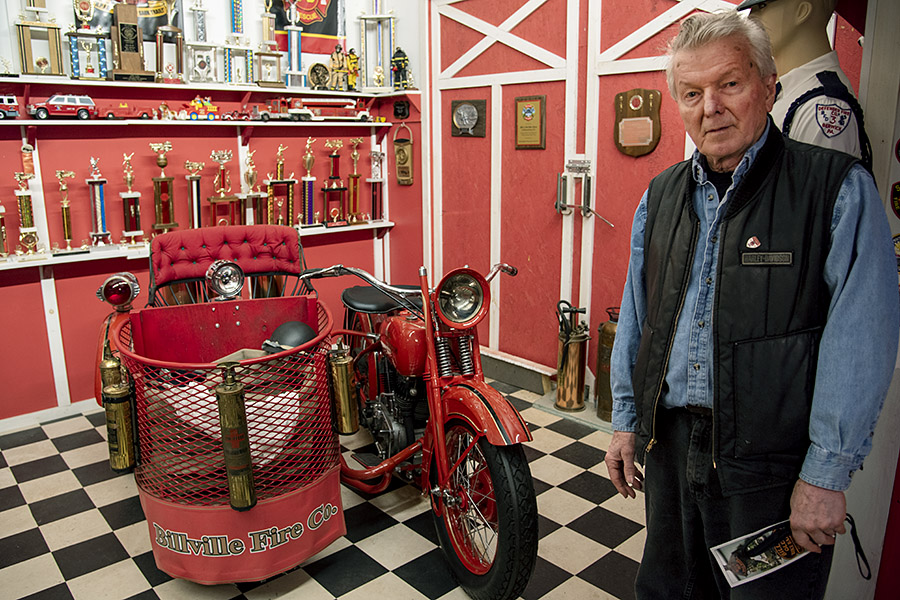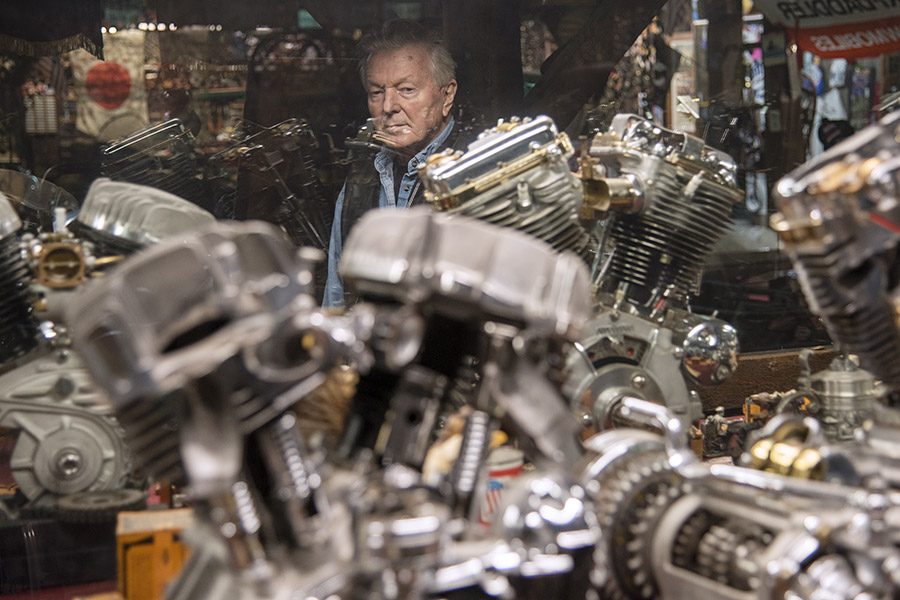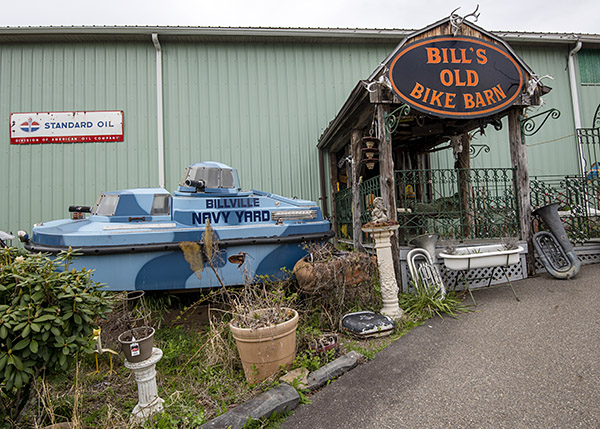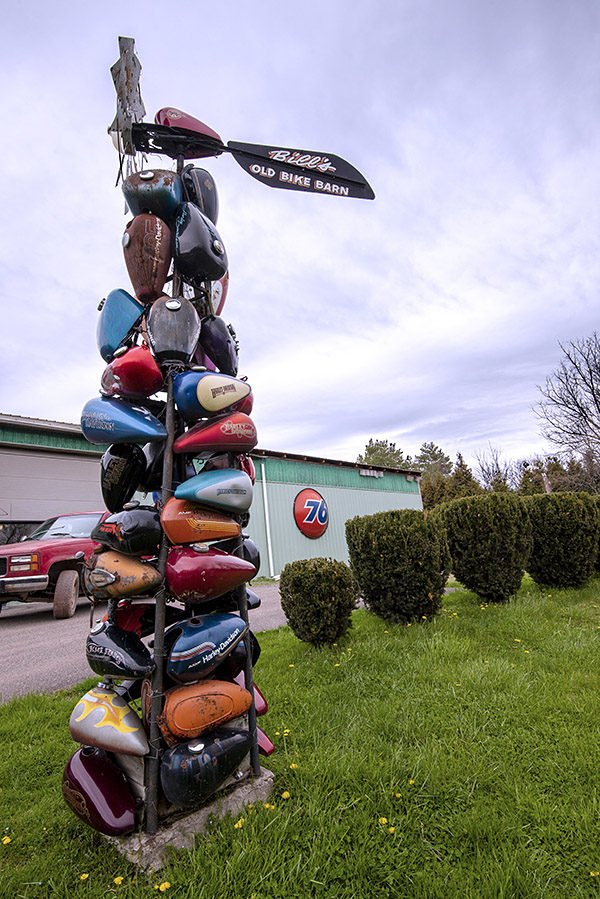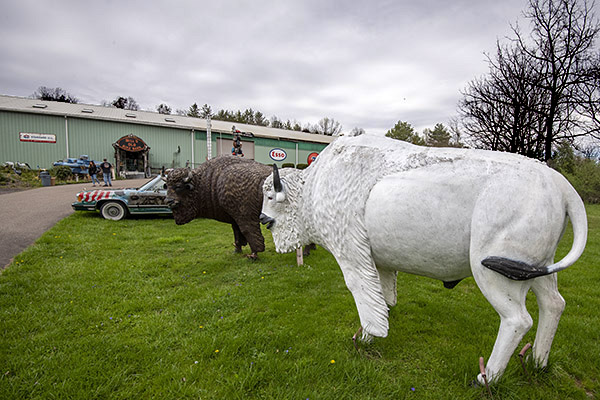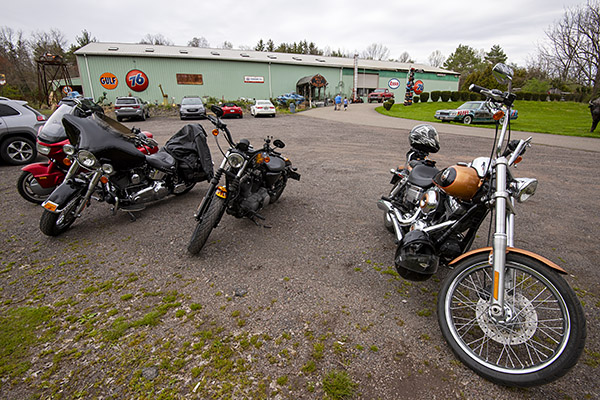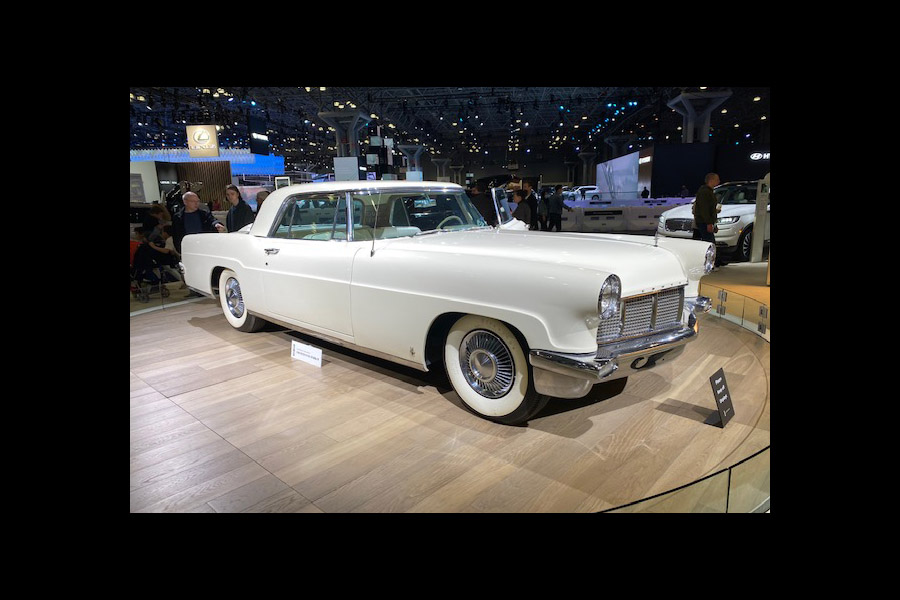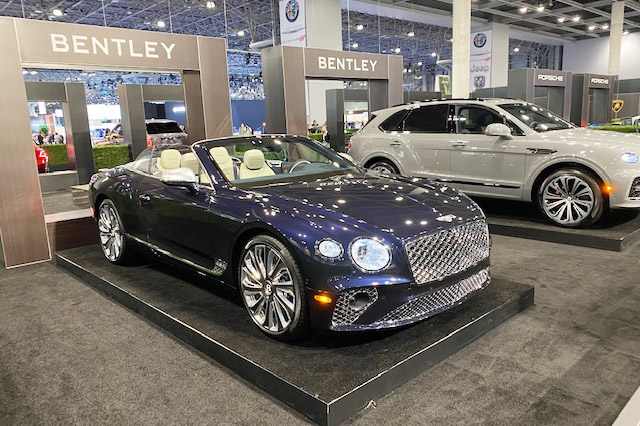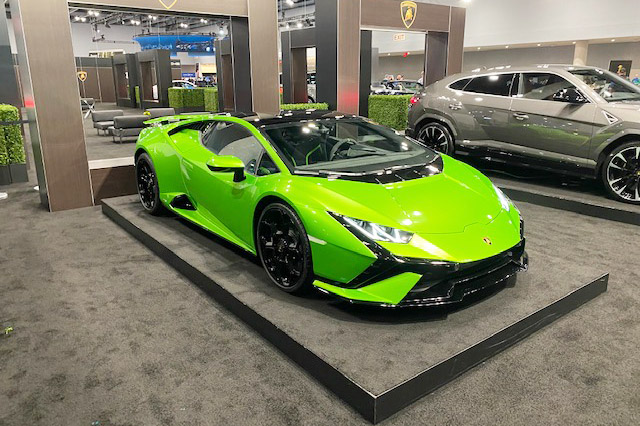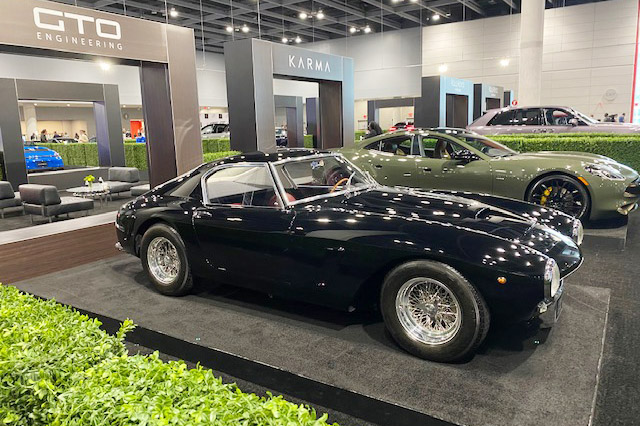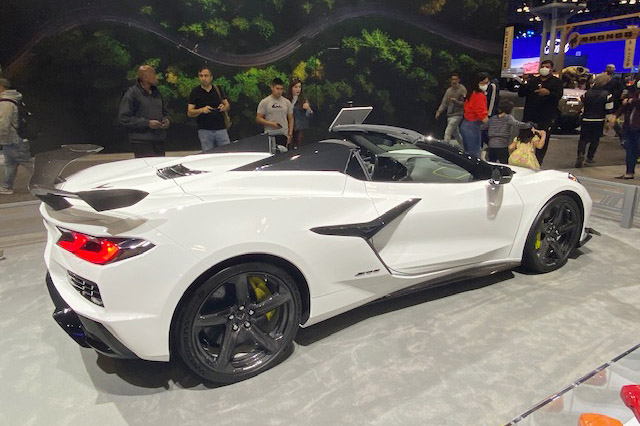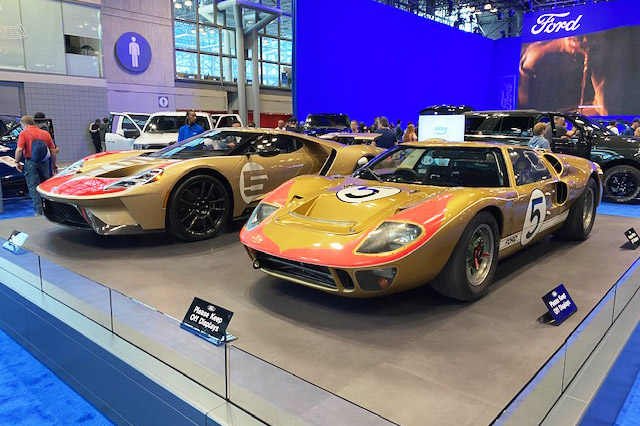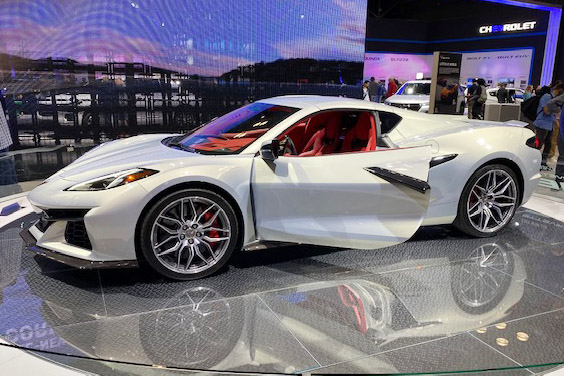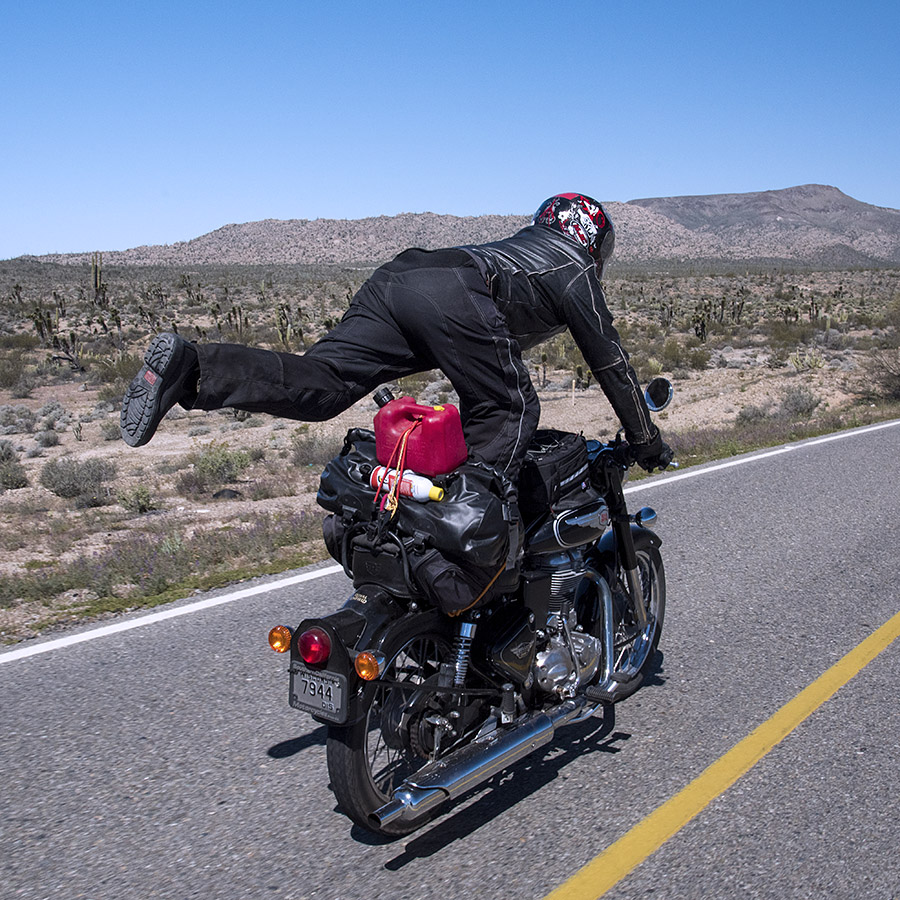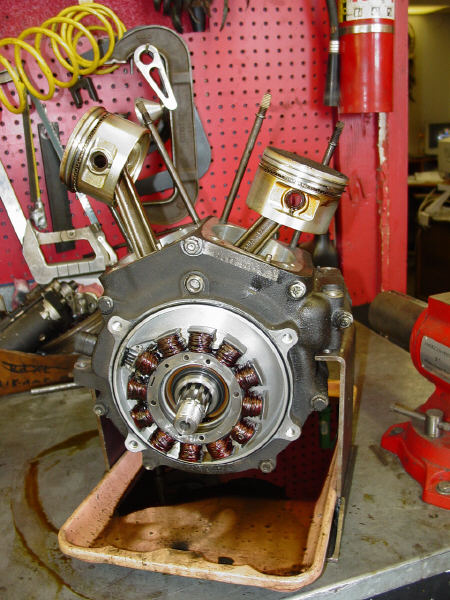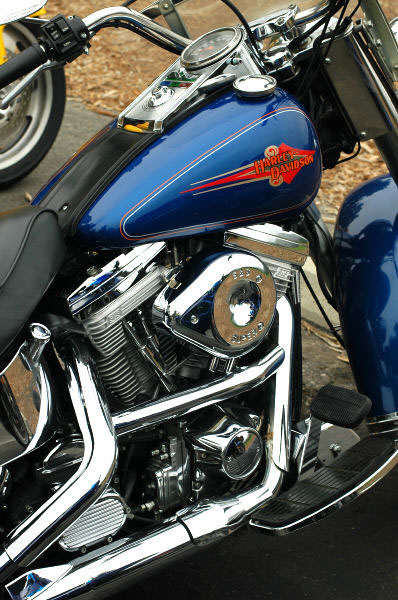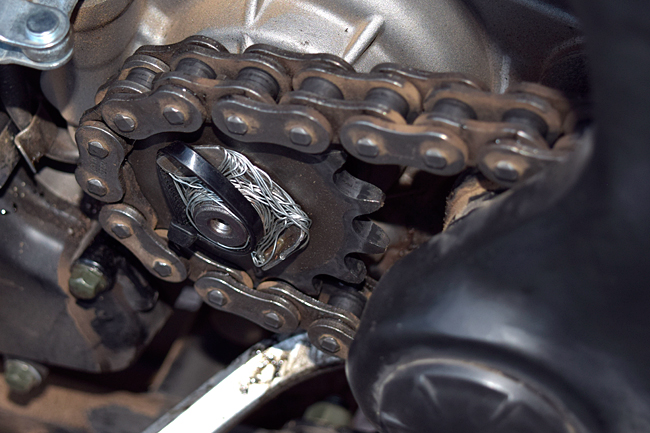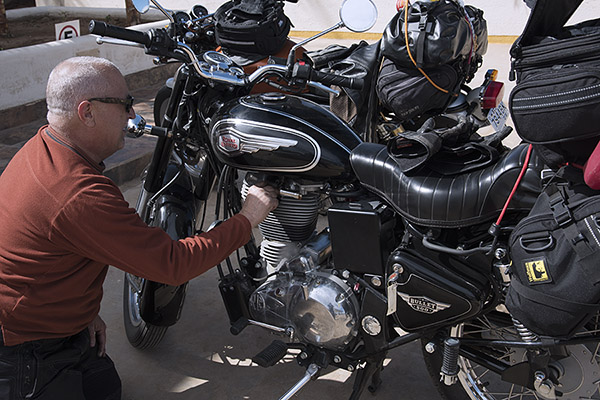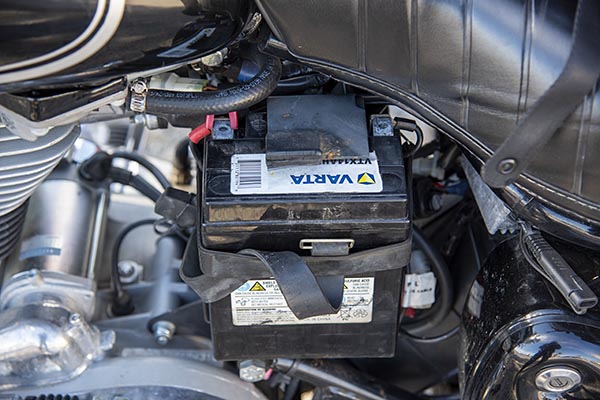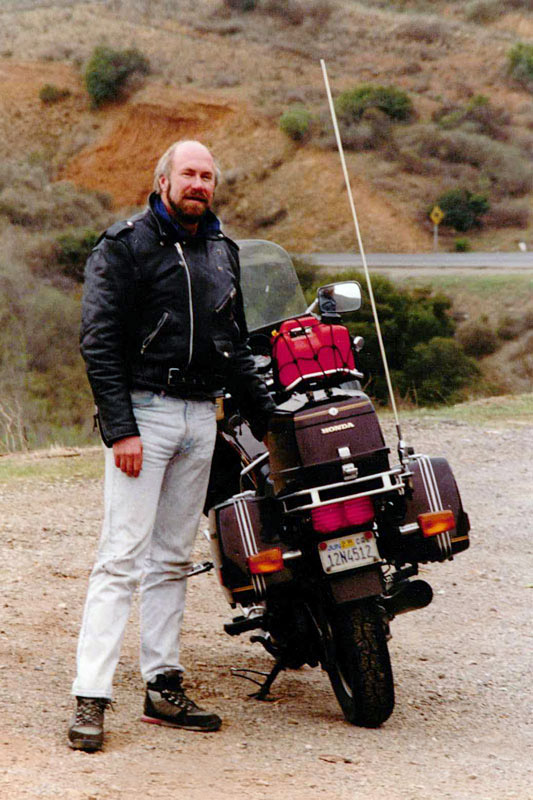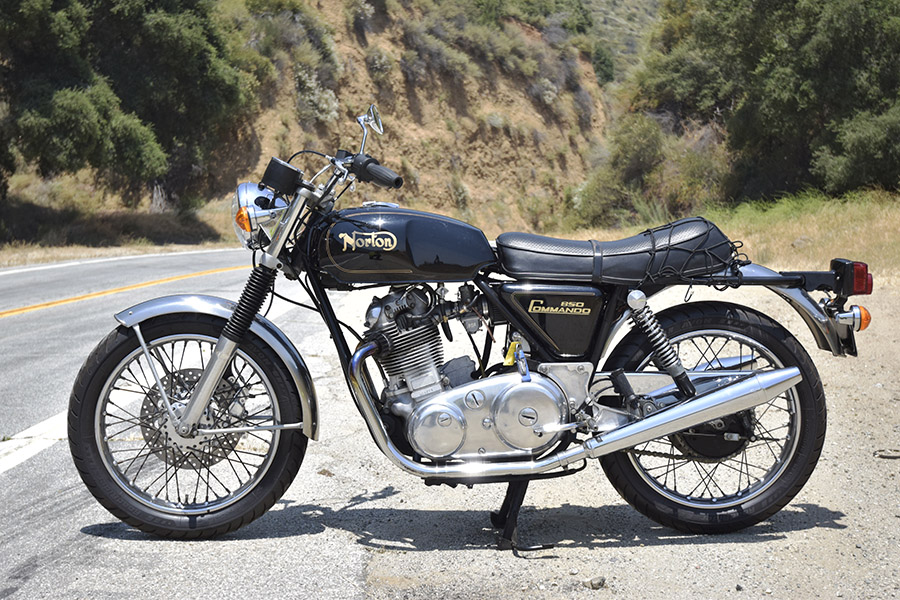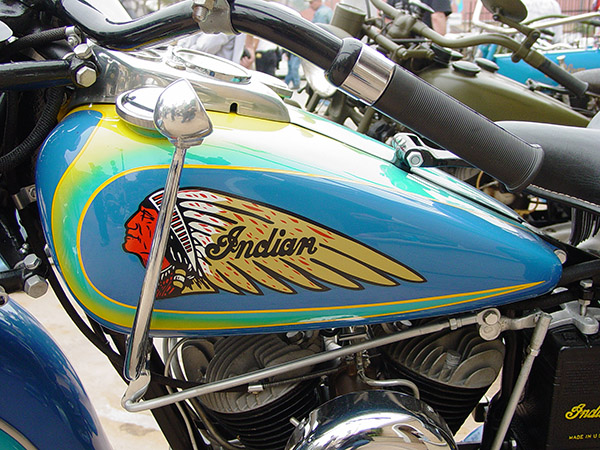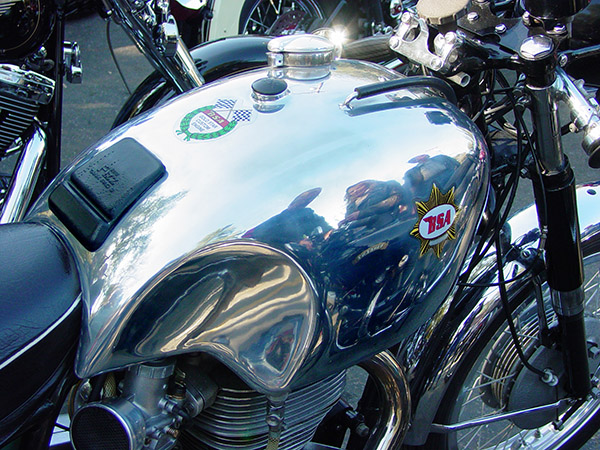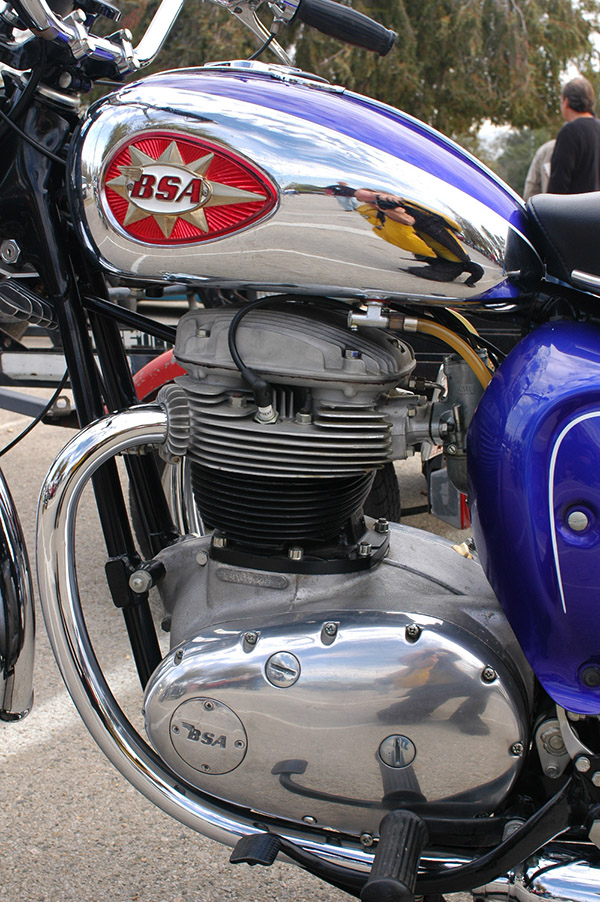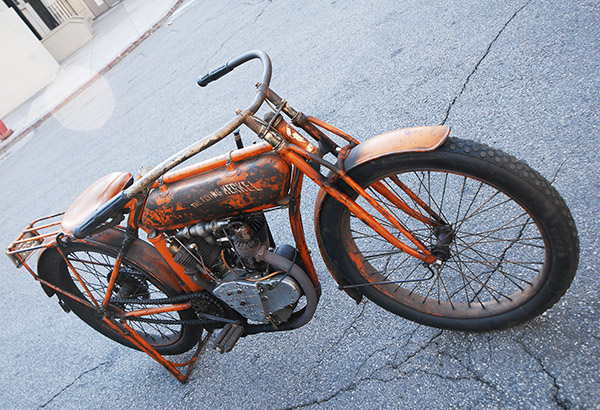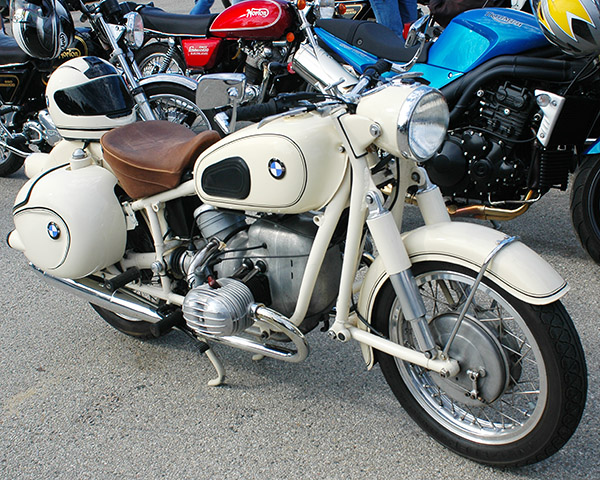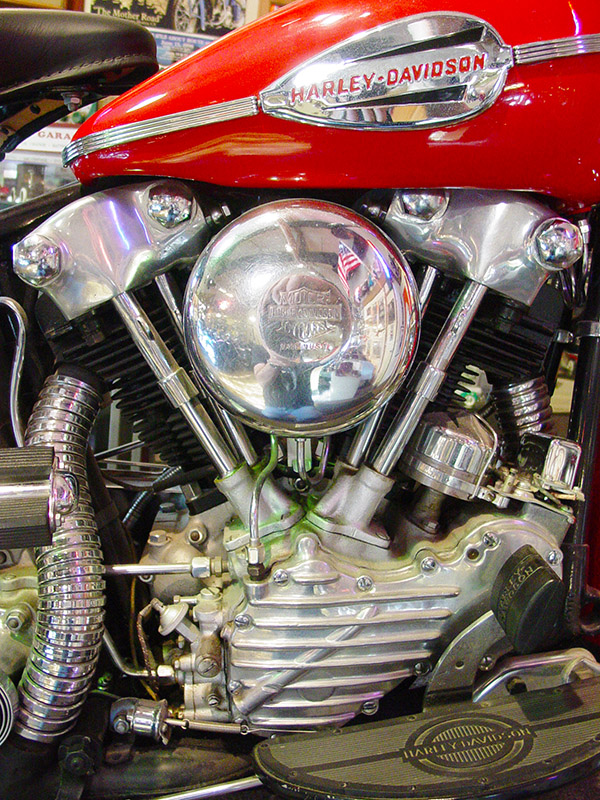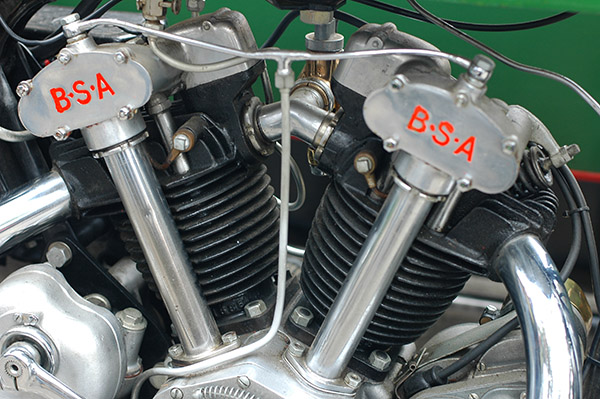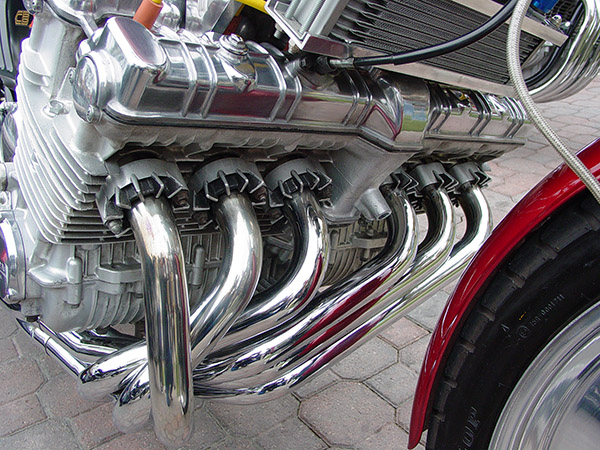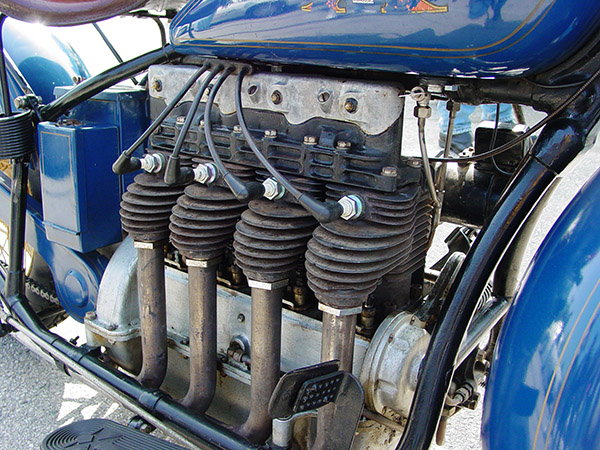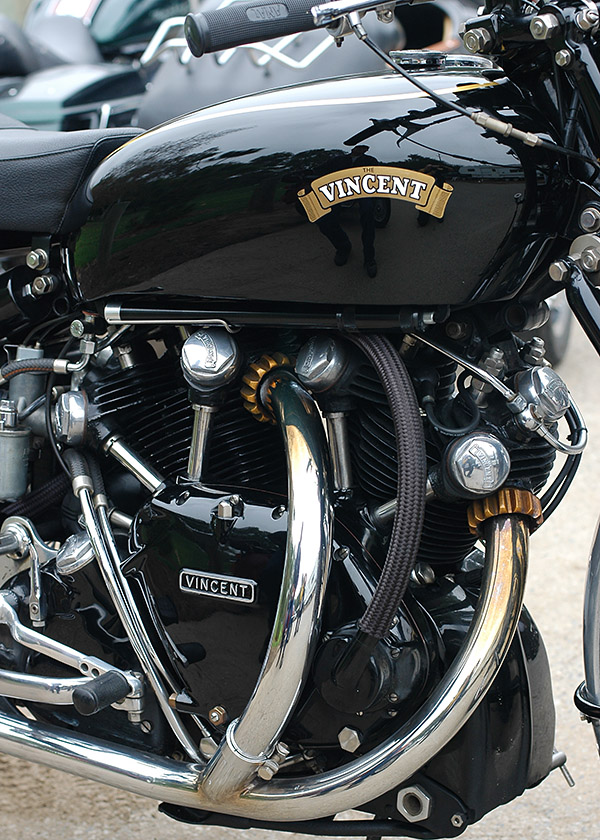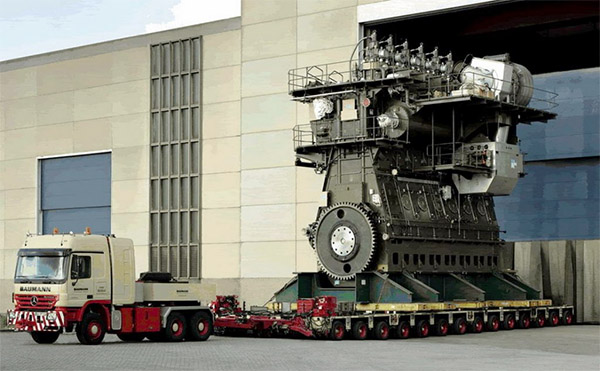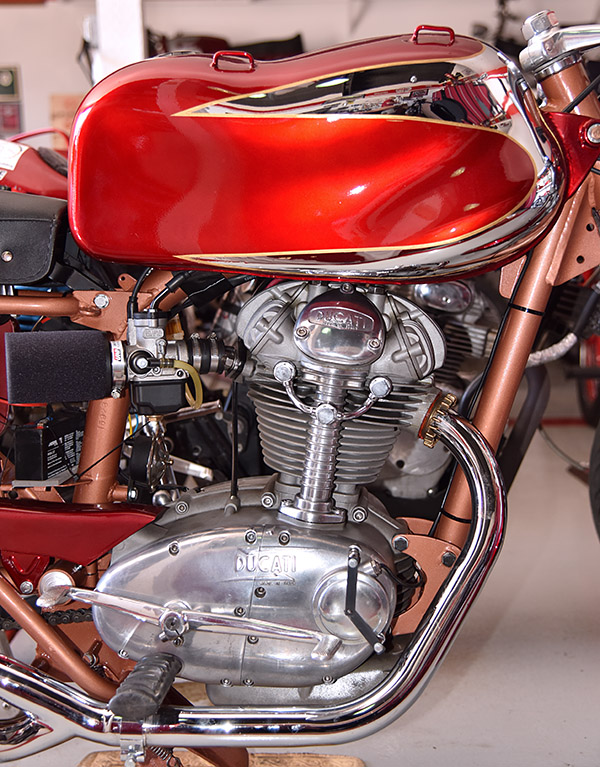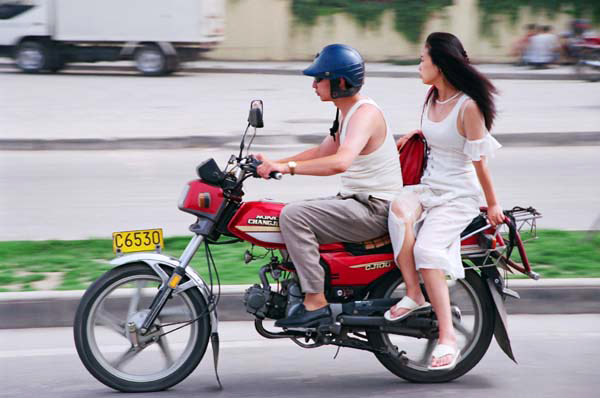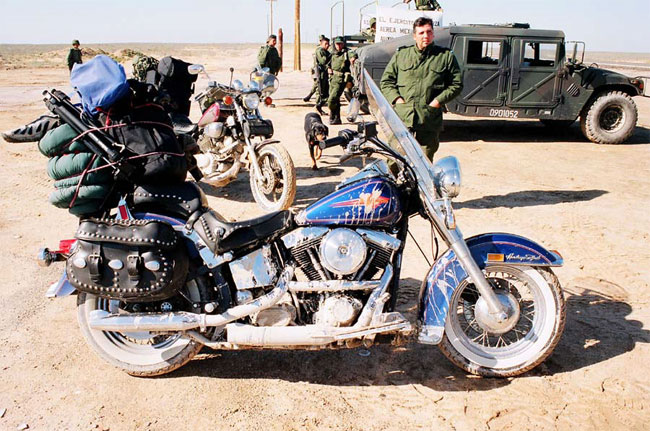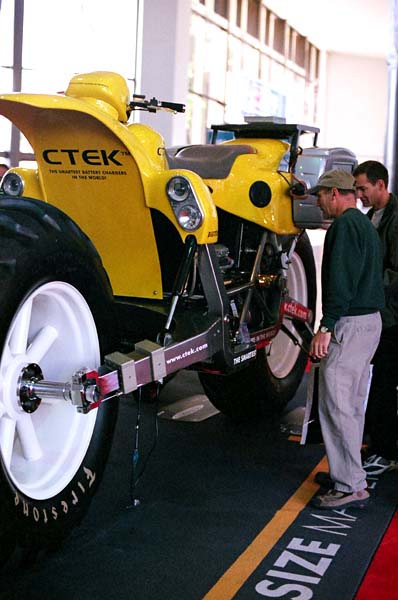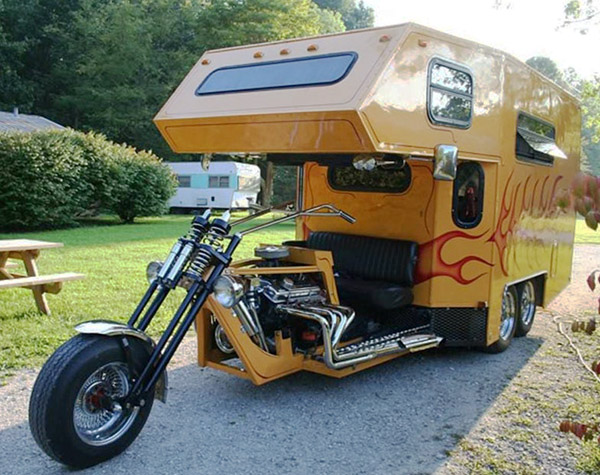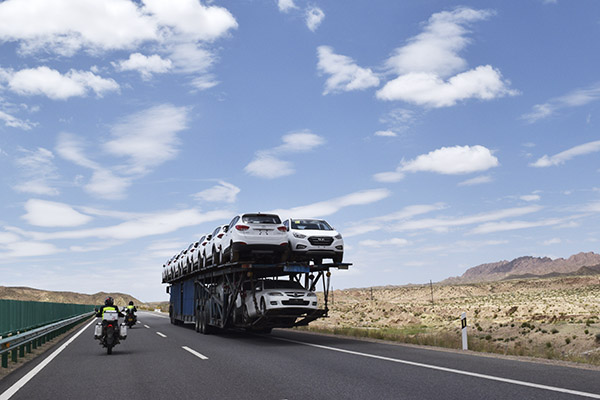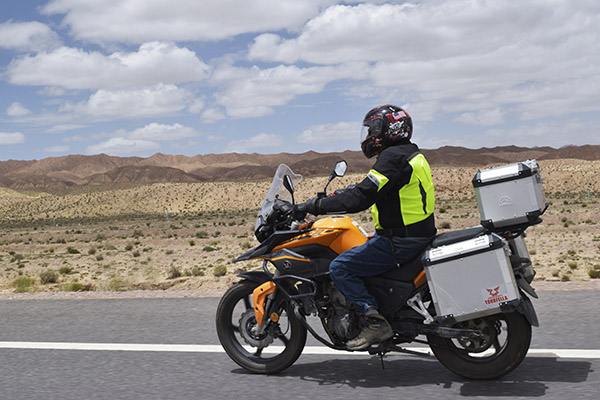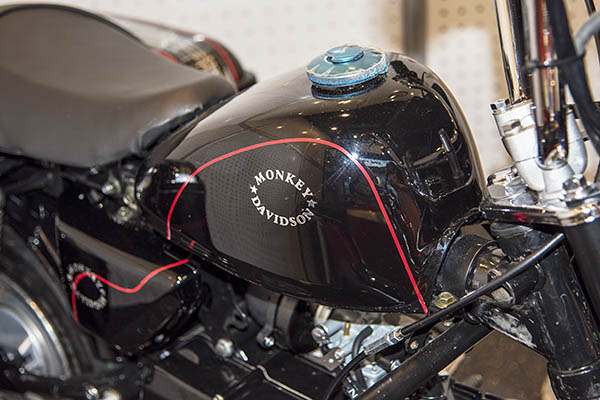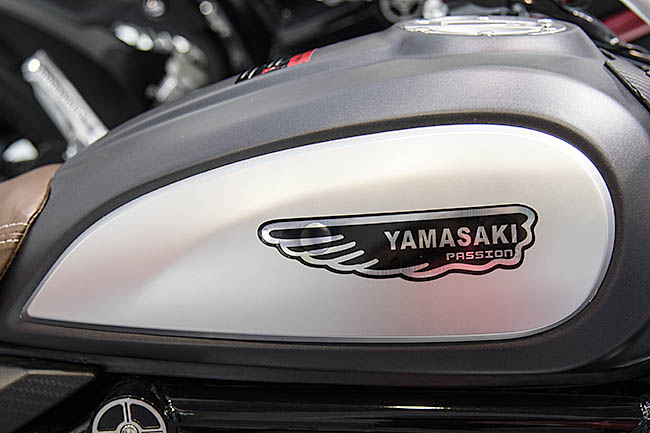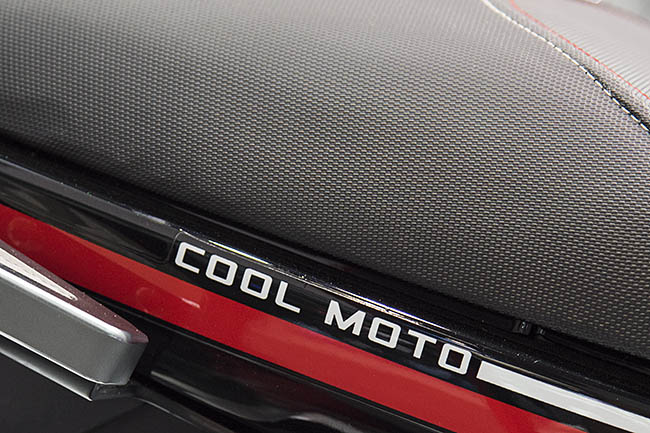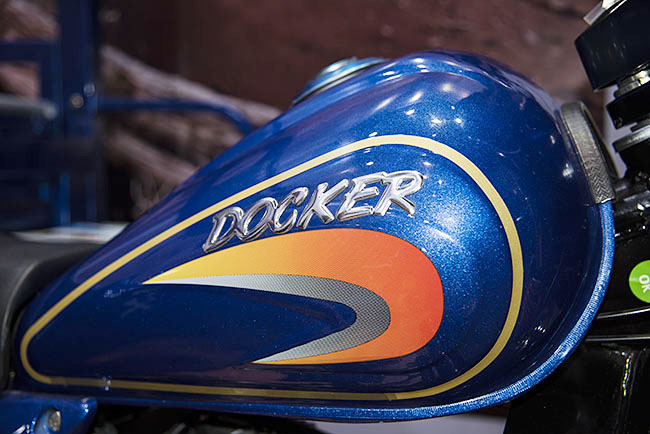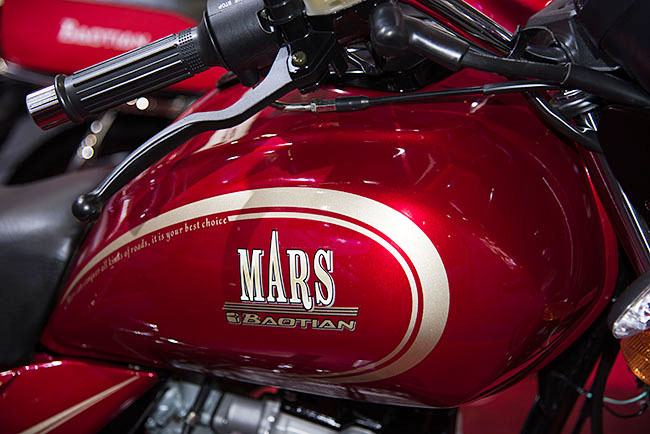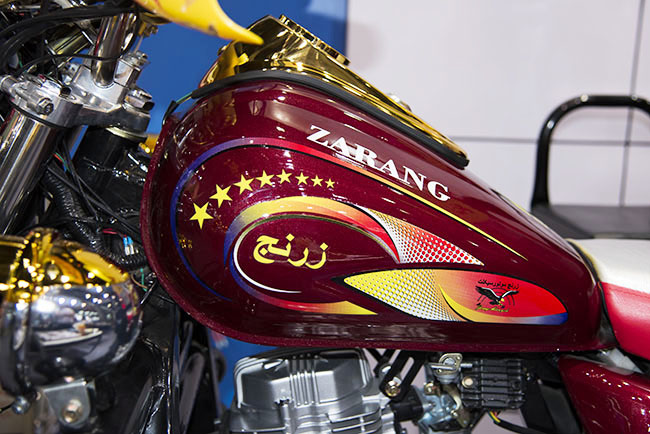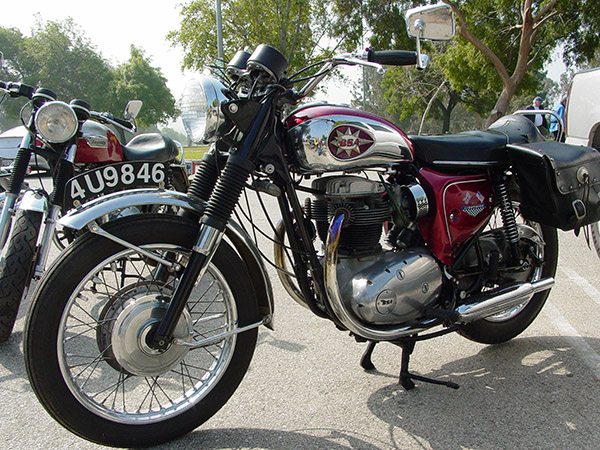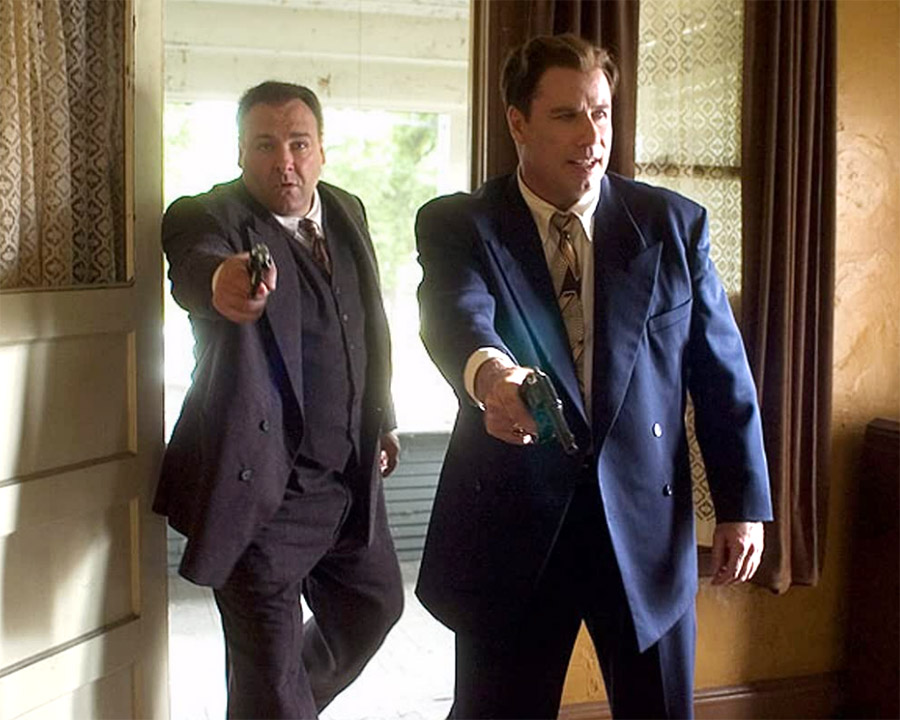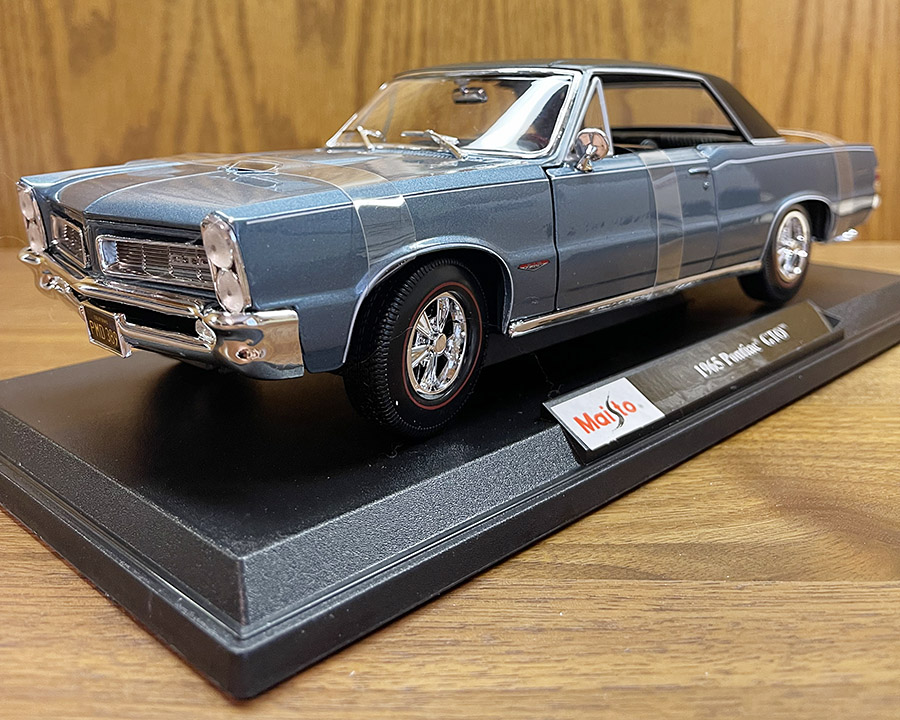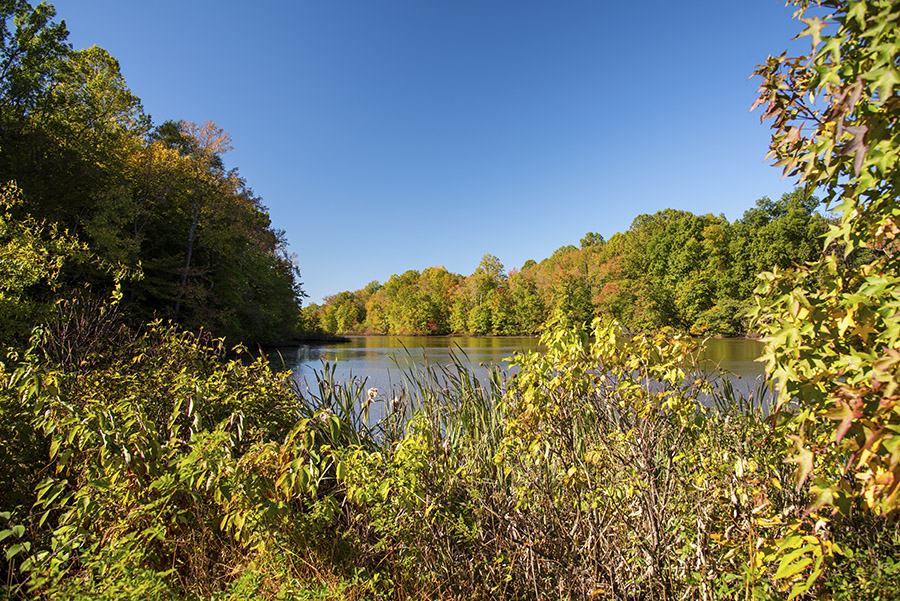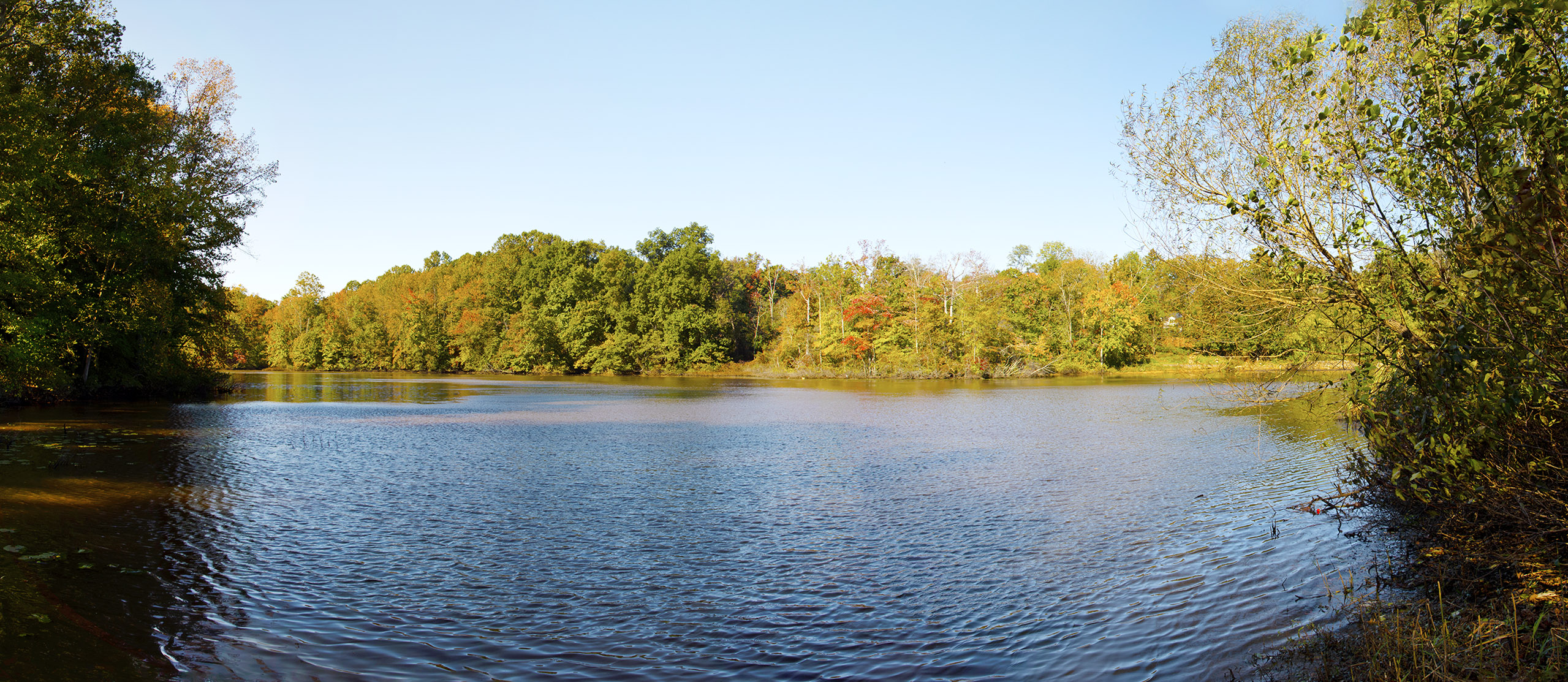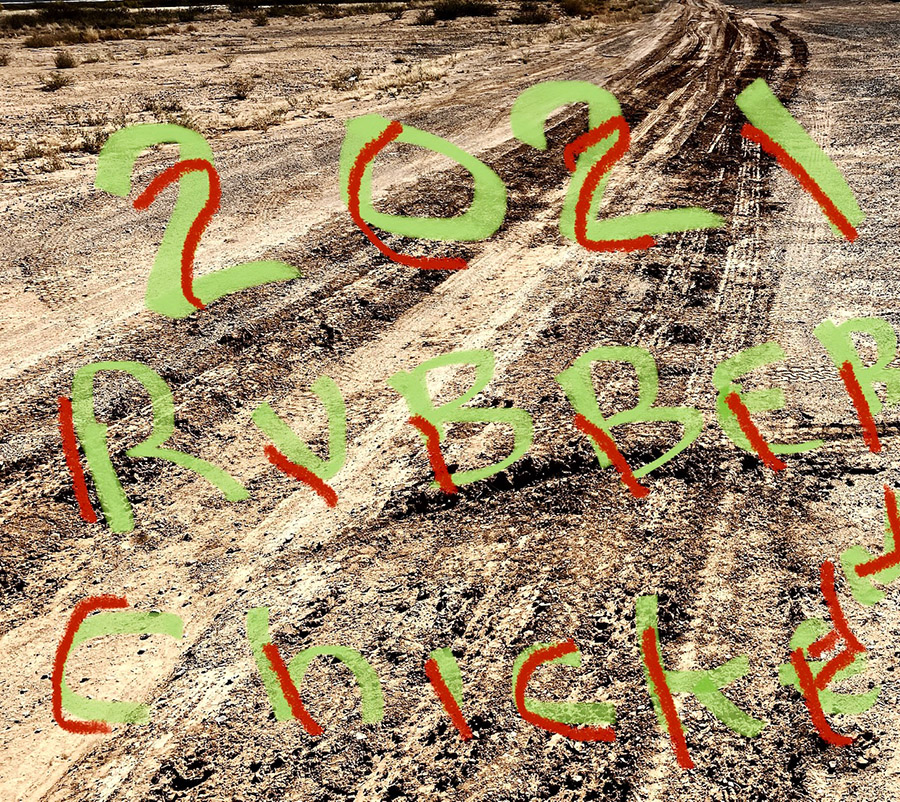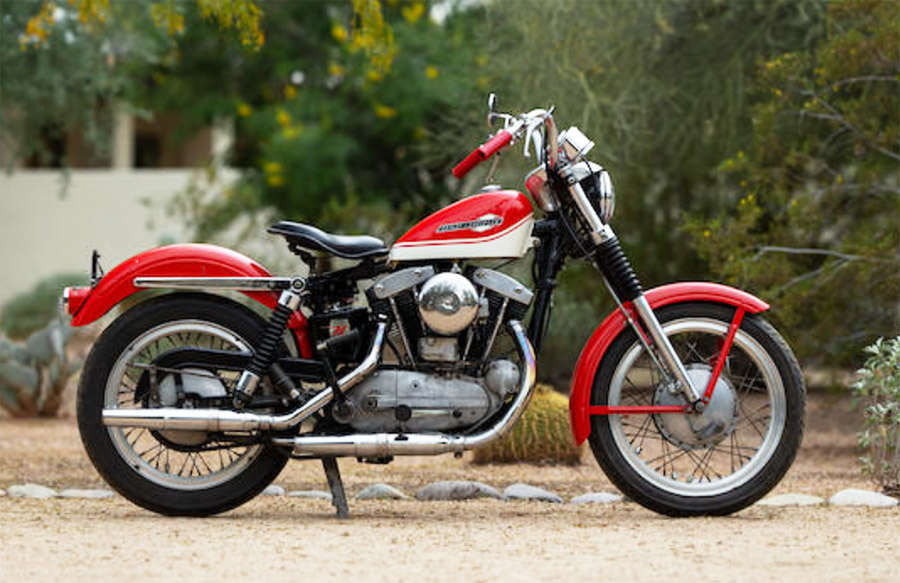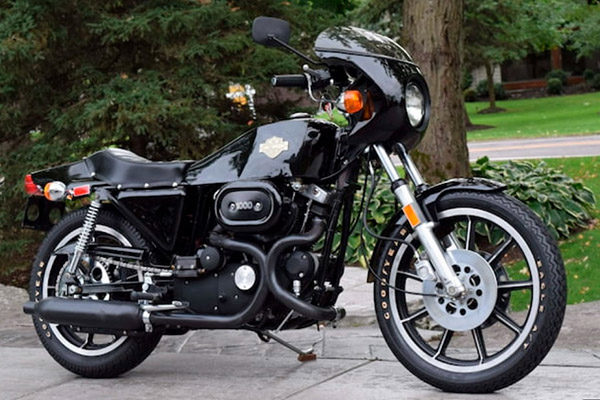Any story about Bill’s Old Bike Barn has to feature Bill Morris, the man who created it all. The museum and its contents are amazing. The man is even more so.
Bill grew up right where I met him: Bloomsburg, Pennsylvania, the site of Bill’s Old Bike Barn. Bill started working at age 11 on the farm, and he never stopped. Bill is 83 now, something I found hard to believe (he doesn’t look or act like it), and his energy level tops most young folks I know. Let’s start with a Reader’s Digest biosketch. Bill joined the US Army (Corps of Engineers) from 1957 to 1960, and then went to work for Chrysler building Plymouths and Dodges in Newark, Delaware. After two years with Chrysler it was back to Bloomsburg and a job with the local Harley-Davidson dealer.
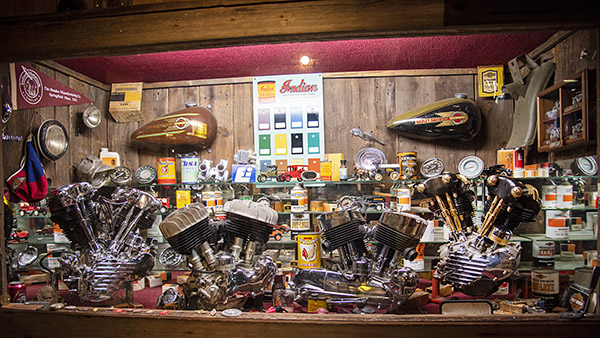
Harley and Bloomsburg Harley were a good deal; Bill went to Harley-Davidson’s motorcycle technician school in 1966. Yep, he’s a factory-certified motorcycle tech. He worked for Bloomsburg Harley from 1966 to 1969.
Ah, 1969. Let’s see…Hollywood was going ga ga over The Wild Angels, Easy Riders, and other miscellaneous motorcycle movie mayhem. The chopper craze was sweeping through America and the rest of the developed world. Bill wanted a chopper, and a builder in Westminster, California advertised that if you had five old hogs to trade, they would build a California custom for you at no charge. Bill asked if he sent 18 old hogs, would they build him a California chopper and return some cash? The answer, of course, was yes, so Bill shipped 18 old Harleys to California and waited. And waited. And waited. He finally went to California to see what was happening and found a rundown chopper shop big on dreams but short on ability.
Bill hung around California for 60 days, bought a pickup truck, and took a partially crafted California chopper back to Pennsylvania. “I figured if those clowns could make custom motorcycles, I could, too,” Bill explained. And he did. The bike Bill hauled back to Bloomsburg needed wiring, wheels, and more, but that was simple stuff. Bill was, after all, a factory-trained motorcycle tech.
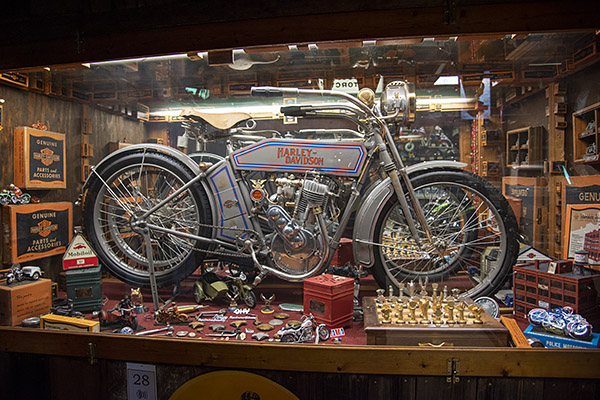
Bill’s Custom Cycles emerged, and Bill’s talent (as a custom motorcycle builder, a collector, and a businessman) took center stage. Bill purchased his first collectible motorcycle for $20, a 1928 single-cylinder Harley-Davidson, but he quickly realized the best way to acquire collectibles and saleable parts was to buy out other motorcycle businesses and that’s what he did. When Harley Davidson entered troubled times in the early 1970s, Bill purchased the assets of 28 Harley dealerships in Pennsylvania, New Jersey, Maryland, Delaware, and in an international reach, the Netherlands, Belgium, and South Africa. Bill tells of a recurring theme: A dealer would ask $600,000 for their inventory, Bill would offer a quarter of that amount, the dealer would decline the offer, and then came the call a few months later asking if Bill’s $150,000 offer was still good. It was, of course. Bill knew his business.
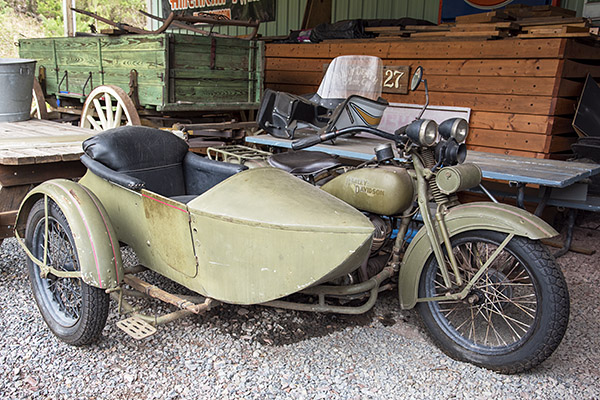
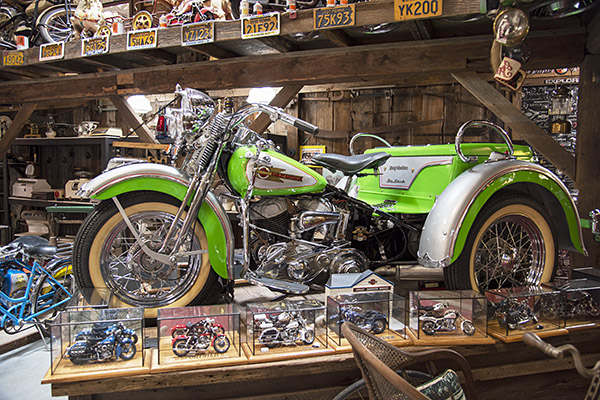
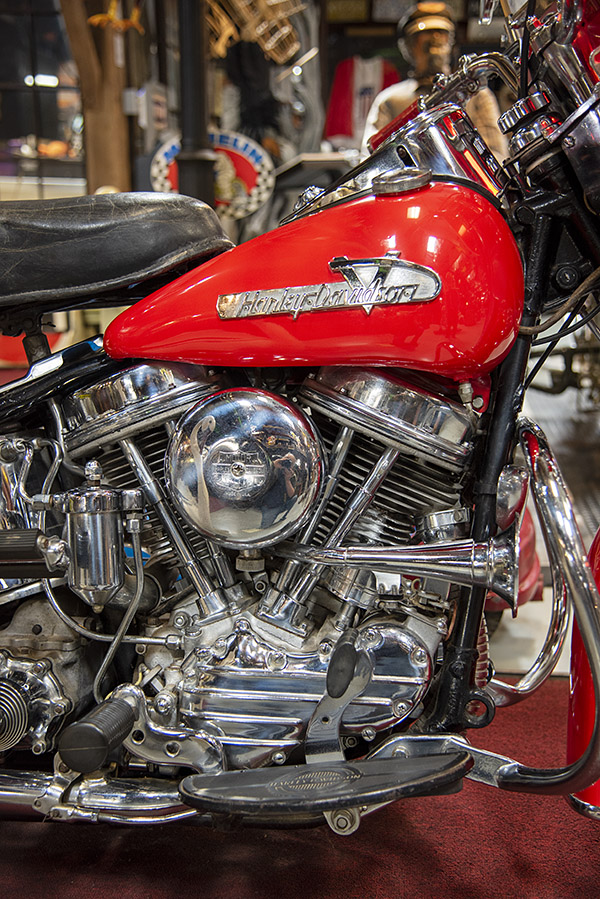
Bill’s business model was to sell the parts and complete motorcycles from his constantly growing and profitable inventory. He sold via mail order and became one of the largest sources of Harley parts and Harleyana in the world. All the while, he kept the collectible motorcycles and parts that caught his interest, and he built custom bikes.
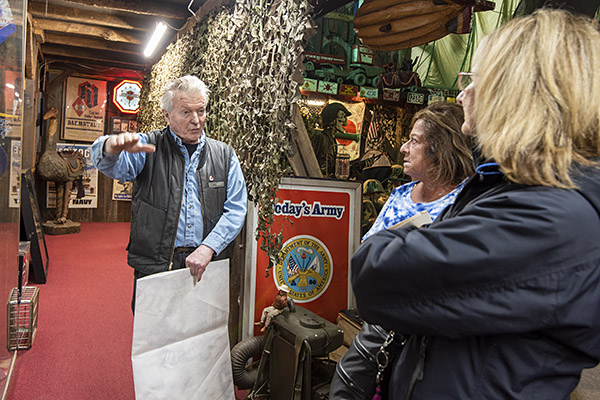
While acquiring the inventories of motorcycle shops and dealers going under, Bill built a massive collection of Harley signs. That lead to a lawsuit with Harley as the plaintiff and Bill in their crosshairs…Harley didn’t want anyone displaying “authorized Harley-Davidson dealer” signs if they weren’t, you know, an authorized Harley dealer. Bill eventually settled the suit by opening a second building (the origin of Bill’s Old Bike Barn) where he could display the signs but not sell Harley products. “That made the lawyers happy,” Bill explained. It was only a short walk up the hill behind Bill’s Custom Cycles, but it satisfied Harley’s legal beagles.
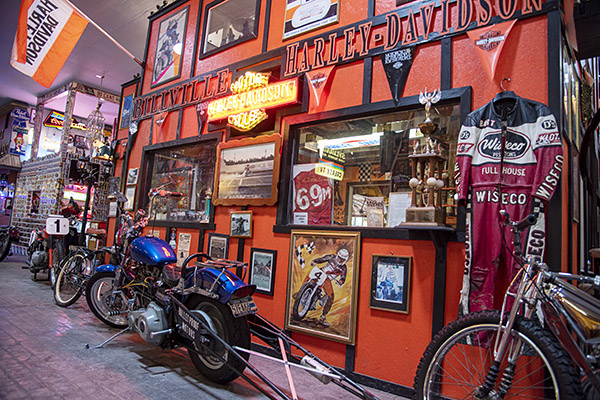
Around the same time, Bill became a Moto Guzzi dealer (one of the very first in the United States) and he still has a love for the Italian motorcycles. Moto Guzzi was just entering the United States and they approached Bill. He rented a gas station and just like that, voilà, Bill was a Moto Guzzi dealer (he held the franchise from 1970 to 1975). As Bill explains it, it was a match made in Heaven: He had no money and Moto Guzzi had almost no bikes. The bikes would come in via air one at a time to Teterboro, New Jersey (a two and a half hour road trip from Bloomsburg).
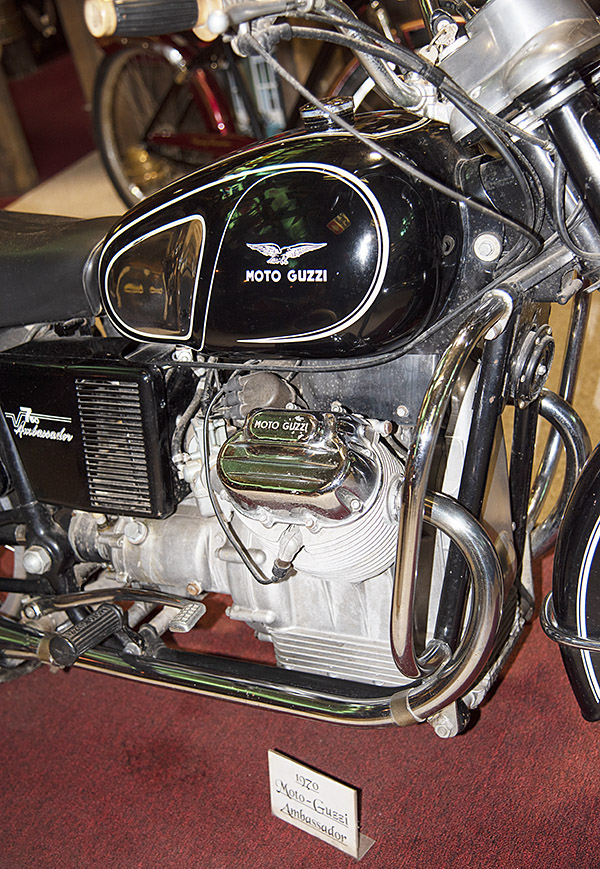
Like many people, Bill loved the look and the sound of those early 1970s Guzzis (they sounded a lot like Harley-Davidsons, with a wonderful lopey potato potato exhaust note).
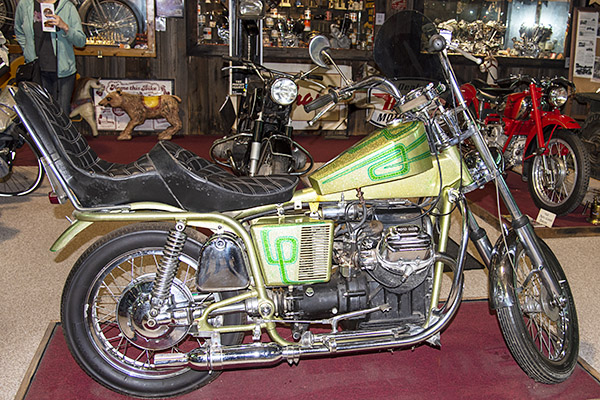
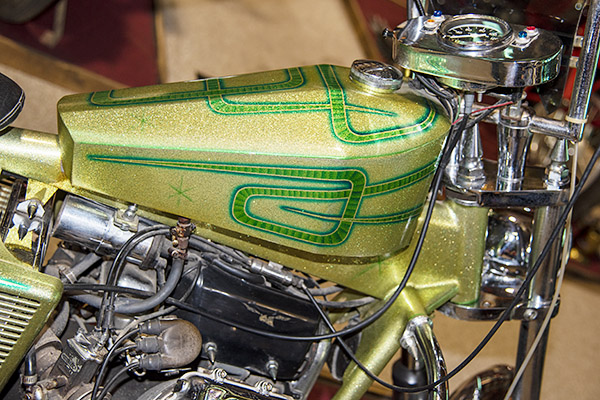
As a custom bike builder Bill knew a blank palette when he saw one, and he rebuilt an early Guzzi police bike as a 1970s chopper. It’s on display in Bill’s Old Bike Barn. In fact, Bill has an entire room he calls Guzziland, but I’m getting ahead of myself. Guzziland will be the focus of a near-term future ExNotes blog.
Stay tuned, my friends. Bill’s Old Bike Barn is a fun story. I’m having a lot of fun writing it.
Miss our first installment on Bill’s Old Bike Barn? Hey, here it is:
Never miss an ExNotes blog…sign up here for free:
More museums? You bet!
Bill’s Old Bike Barn is at 7145 Columbia Boulevard in Bloomsburg, Pennsylvania. Trust me: You need to see this.

